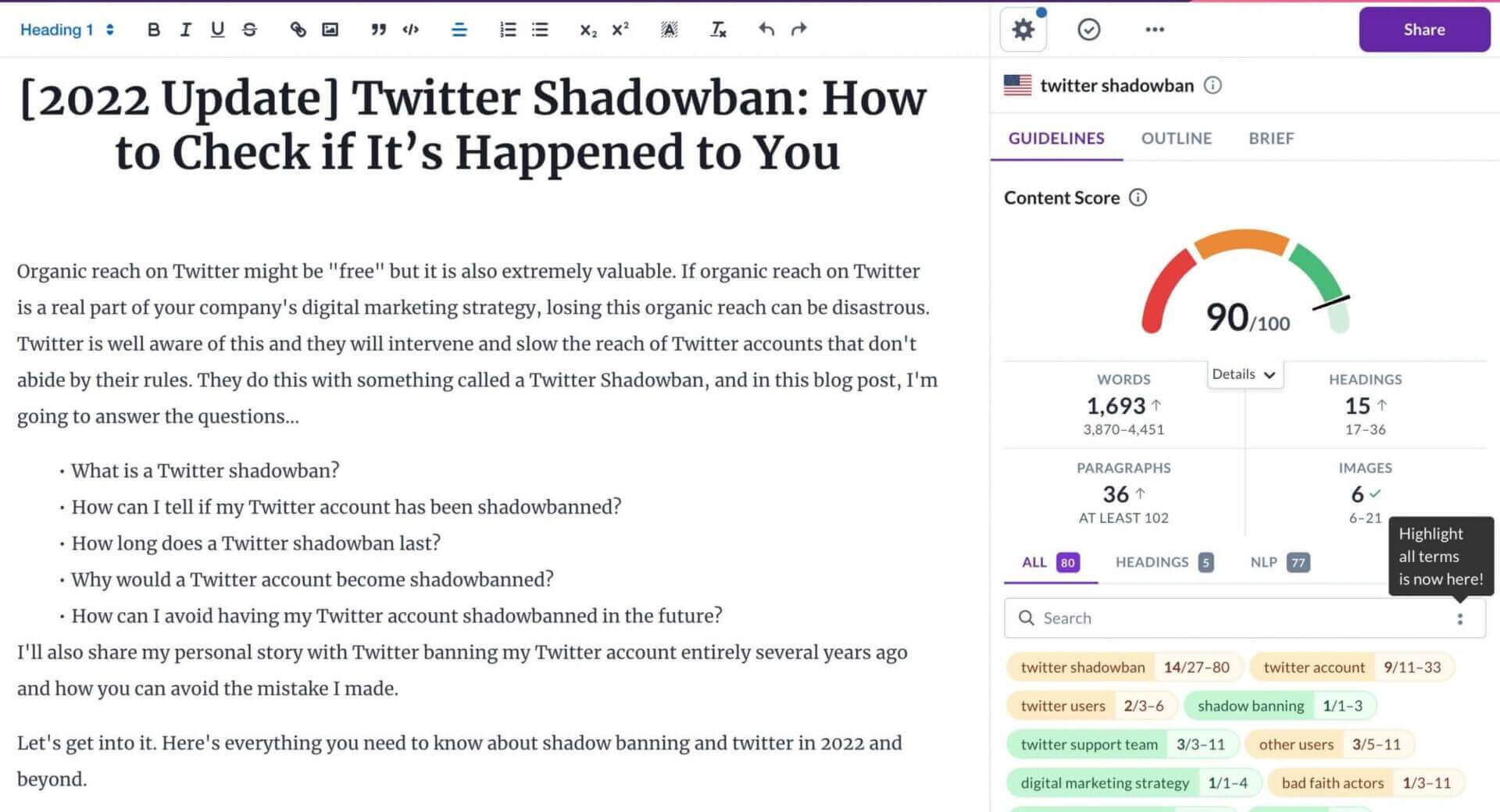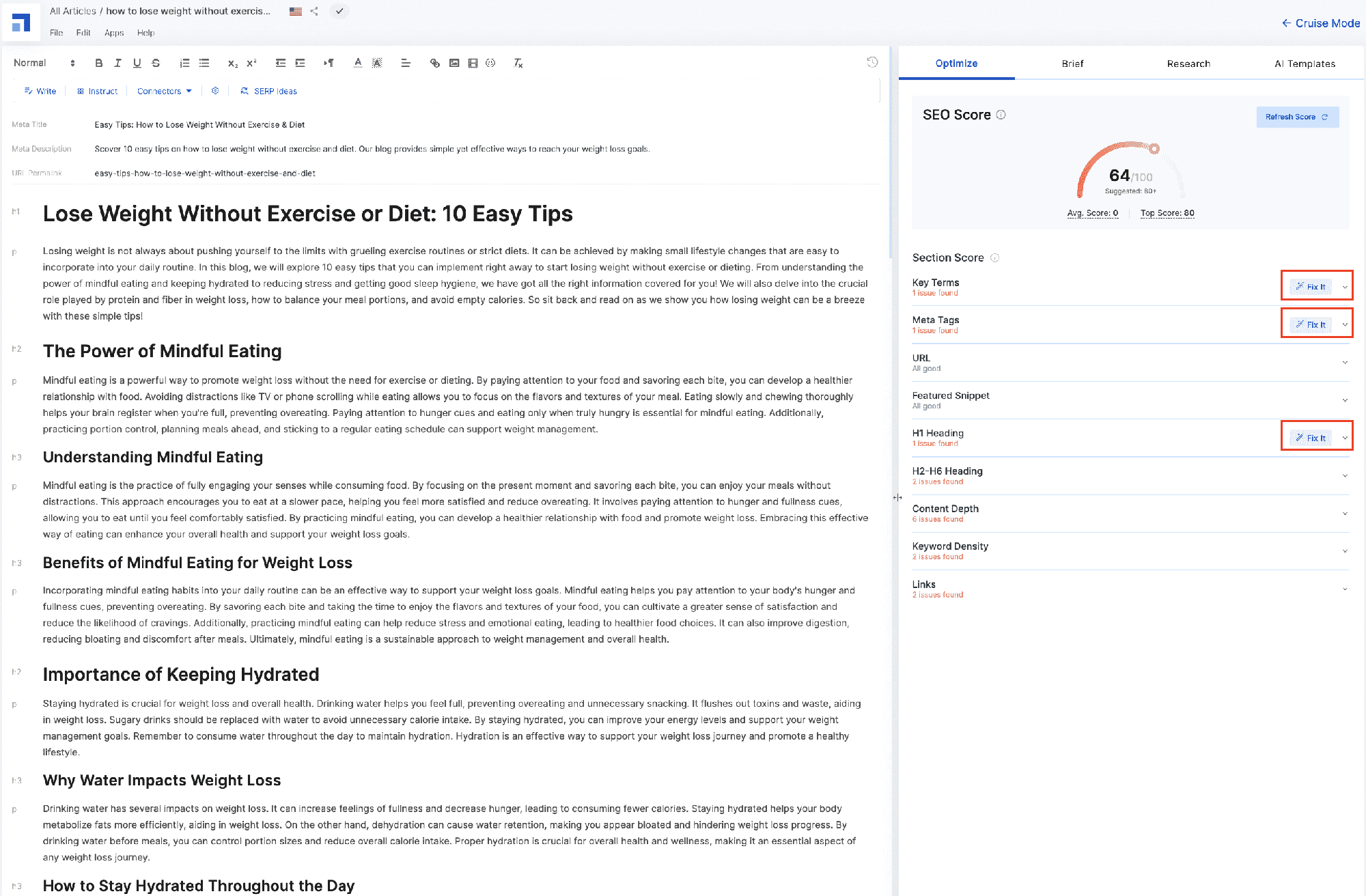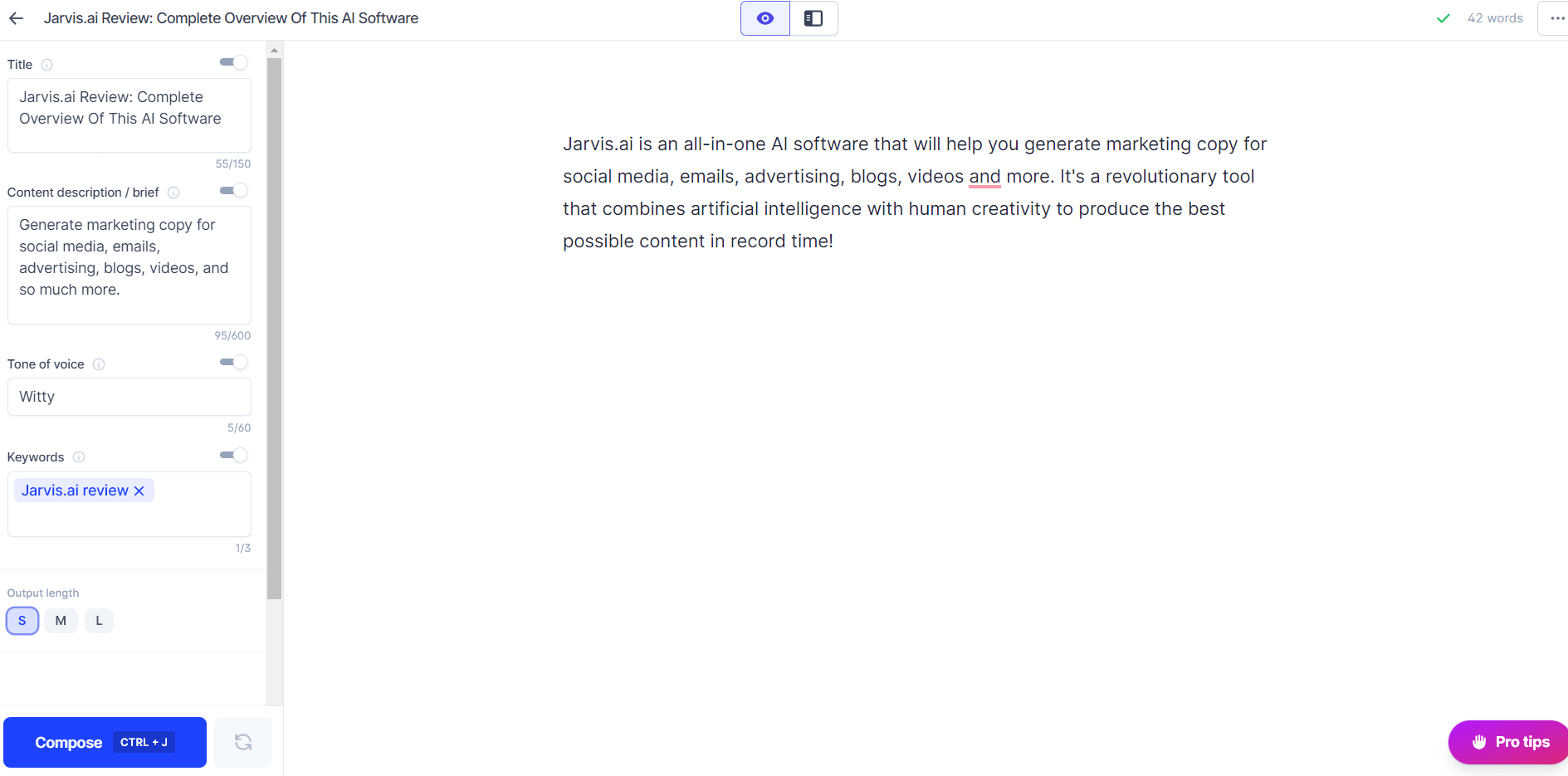Adding humor to your blog posts can make them more engaging, entertaining, and memorable. It helps you connect with your readers on a deeper level and makes your content stand out from the rest. But how can you incorporate humor effectively into your blog writing?
Let’s explore the art of being funny and discover some tips and techniques for humorous blog writing.
Adding humor to your blog posts can make them more engaging, entertaining, and memorable. It helps you connect with your readers on a deeper level and makes your content stand out from the rest. Incorporating humor effectively into your blog writing can be achieved by finding inspiration from everyday life and personal experiences, understanding different humor styles, tailoring the humor to your audience, and balancing it with the topic. By using humor to open and close blog posts, integrating it throughout the content, and adding funny elements like clever wordplay and humorous anecdotes, you can create a unique and enjoyable reading experience. Remember to be authentic, keep the humor relevant and appropriate, and strike a balance between humor and informative content.
Here are the key takeaways:
- Humor grabs attention, builds connections, makes content memorable, reduces tension, and inspires sharing.
- Look for funny moments in everyday life and draw from personal experiences for inspiration.
- Understand different humor styles like sarcasm, wit, satire, irony, and self-deprecation.
- Tailor your humor to match your audience’s preferences while staying true to your brand’s voice.
- Use humor to open and close blog posts, and integrate it naturally throughout the content.
- Incorporate clever wordplay and puns, as well as humorous anecdotes or personal stories.
Remember to have fun, experiment with different techniques, and stay true to your own sense of humor. By incorporating humor into your blog writing, you can create a unique and enjoyable experience for your readers while delivering valuable content.
The importance of humor in blog writing
Humor has several benefits when used in blog writing:
- Grabbing Attention: Humor captures readers’ attention from the start and encourages them to continue reading.
- Building Connections: Humor helps to create a connection between the writer and the reader, making the content more relatable.
- Making Content Memorable: A touch of humor can make your blog posts more memorable, increasing the chances of readers coming back for more.
- Reducing Tension: Humor can lighten the tone of a serious topic, making it easier for readers to digest complex information.
- Inspiring Sharing: When readers find something funny, they are more likely to share it with others, increasing your reach and potential audience.
By incorporating humor into your blog writing, you can create a unique and enjoyable experience for your readers while delivering valuable content. So let’s dive into some tips and techniques that can help you master the art of being funny in your blog posts.
Finding Inspiration for Humor
When it comes to writing a funny blog, inspiration can come from various sources. Here are a few tips on finding inspiration for humor in your writing:
Looking for funny moments in everyday life
You don’t need to look far to find humorous material. Everyday situations and interactions can be a rich source of inspiration. Pay attention to the funny moments that happen in your own life or observe comedic situations happening around you. These can provide great material for your blog.
Drawing from personal experiences and anecdotes
One of the most effective ways to inject humor into your writing is by drawing from your personal experiences and anecdotes. Funny stories from your own life can create an instant connection with your readers and make your content more relatable. Think about embarrassing moments, quirky encounters, or humorous mishaps that you can share in an entertaining way.
By incorporating these tips into your writing, you can add humor to your blog and engage your readers in a lighthearted and enjoyable way. Remember, the key is to find what makes you laugh and infuse that into your writing style. So go ahead, embrace the art of being funny and let your sense of humor shine through in your blog!
Understanding Different Humor Styles
When it comes to writing humorously for your blog, it’s important to understand the different humor styles that you can incorporate. Each style has its own unique characteristics and appeals to different audiences. Here are a few key humor styles to consider:
Exploring different types of humor (sarcasm, wit, satire, etc.)
– Sarcasm: Sarcasm involves saying the opposite of what you mean in a dry or cutting way. It can add a touch of irony and playfulness to your writing.- Wit: Wit is characterized by clever and quick humor. It often involves wordplay, puns, and clever observations.- Satire: Satire is a form of humor that uses irony, exaggeration, and ridicule to criticize or comment on societal issues or individuals.- Irony: Irony is the use of words that convey a meaning opposite to their literal meaning. It adds a layer of depth and humor to your writing.- Self-deprecating humor: Self-deprecating humor involves making fun of oneself in a light-hearted and relatable way.
Knowing your audience and tailoring your humor accordingly
Understanding your audience is crucial when writing humorously for your blog. Different people have different preferences and sensitivities when it comes to humor. Consider the demographics, interests, and cultural backgrounds of your target audience. Tailor your humor to match their preferences while still staying true to your brand’s voice.
Keep in mind that humor should be used appropriately and in good taste. Avoid offensive or insensitive jokes that may alienate or offend your readers. Practice using the right balance of humor in your blog posts – not too much or too little – to engage your audience and keep them coming back for more funny content.
Top 5 AI Writer for In 2025
Discover the top 5 AI writers that can help you create SEO optimized articles to achieve higher rankings in SERP. From thorough analysis to skillfully crafting content, these AI writers have got you covered.

#1 Surfer SEO

#2 Koala AI Writer

#3 Scalenut

#4 Katteb Ai

#5 Jasper Al
Incorporating Humor in Blog Writing
Adding humor to your blog writing can make it more enjoyable and engaging for readers. It can help you stand out from the crowd and create a memorable impression. Here are some tips and techniques for using humor effectively in your blog posts:
Using humor to open and close blog posts
Start your blog posts with a funny anecdote, a witty one-liner, or a humorous question to grab readers’ attention right from the beginning. This will set the tone for your content and make readers more likely to continue reading. Similarly, end your blog posts with a funny or surprising twist that leaves readers with a smile.
Integrating humor throughout the content to keep readers engaged
Incorporate humor naturally throughout your blog posts to keep readers entertained and engaged. Sprinkle in jokes, funny examples, or humorous observations that relate to your topic. Make sure the humor is relevant and appropriate for your audience, and avoid going overboard or forcing jokes. The key is to strike a balance between providing valuable information and entertaining your readers.
Remember to be authentic and true to your voice as a writer. Use your own sense of humor and style to create a unique and enjoyable reading experience for your audience.
In conclusion, incorporating humor in blog writing can make your content stand out and engage readers. By using humor to open and close blog posts and integrating it throughout the content, you can create an enjoyable reading experience that keeps your audience coming back for more. So don’t be afraid to add some laughter to your writing!
Adding Funny Elements to Blog Posts
Humor has the power to captivate readers and make your blog posts more enjoyable. By incorporating funny elements into your writing, you can create a unique and memorable reading experience. Here are two techniques you can use:
Using clever wordplay and puns
Clever wordplay and puns can add an extra layer of humor to your blog posts. By playing with words and creating witty connections, you can make your readers chuckle. For example, you can use double entendres or clever twists of phrase to create humorous headlines or subheadings. These linguistic devices can make your content more engaging and entertaining.
Incorporating humorous anecdotes, jokes, or personal stories
Sharing funny anecdotes, jokes, or personal stories can help you establish a connection with your audience. By adding a touch of humor to your blog posts, you can make them relatable and engaging. Sharing a humorous experience or poking fun at yourself can make your readers feel like they are part of the conversation.
Remember to keep your sense of humor authentic and true to your writing style. Experiment with different types of humor and find what resonates best with your target audience. With practice, you’ll be able to master the art of being funny in your blog writing.
Balancing Humor with the Topic
Adding humor to your blog writing can make it engaging and entertaining for readers. However, it’s important to ensure that the humor aligns with the overall tone and subject matter of the post.
Ensuring that humor aligns with the overall tone and subject matter of the blog post
When incorporating humor into your writing, it’s essential to consider the tone and subject matter of your blog post. Make sure that the jokes or humorous elements are relevant and appropriate for the topic. For example, if you’re writing a serious piece about a social issue, using light-hearted jokes may not be suitable.
Finding the right balance between humor and informative content
While humor can make your blog posts enjoyable to read, it shouldn’t overshadow the informative content. Strike a balance between delivering valuable information and injecting humor to keep readers engaged. Avoid excessive or forced humor that might distract from the main message or confuse your audience.
Remember that not all topics may lend themselves well to humor, so be selective in choosing when and how to incorporate it. Humor should enhance your content rather than detract from it.
Engaging the Reader with Humorous Writing
Humor is a powerful tool that can captivate readers and make your blog stand out from the crowd. Incorporating humor into your writing can help you connect with your audience on a deeper level and keep them engaged.
Using storytelling techniques to create humorous narratives
One effective way to inject humor into your blog writing is by using storytelling techniques. Humorous narratives can entertain your readers while also conveying your message effectively. Here are some tips to help you incorporate humor into your storytelling:
- Set the stage: Start by creating an engaging introduction that sets the tone for humor. Use vivid descriptions, funny anecdotes, or playful language to capture your reader’s attention.
- Use irony and exaggeration: Incorporate irony and exaggeration to highlight comical situations or ideas. This can help add a humorous twist to your story and make it more entertaining for your readers.
- Create relatable characters: Develop characters in your stories that have relatable qualities or flaws, which can lead to humorous situations. Readers are more likely to find humor in characters they can identify with.
- Punchline and timing: Delivering a well-timed punchline is essential for effective humor. Build up anticipation and tension in your story, and then release it with a clever punchline that catches readers off guard.
- Use wit and wordplay: Incorporate wordplay, puns, and clever jokes into your writing to add wit and humor. Playing with words can make your writing more entertaining and enjoyable for readers.
Remember, humor is subjective, so it’s important to consider your target audience and their preferences when using humor in your blog writing. Be authentic, have fun, and experiment with different techniques to find what works best for you and your readers
Tips for Writing Humorous Headlines and Subheadings
Crafting catchy and witty titles that grab attention
When it comes to writing humorously, the headline is your first chance to make an impression and draw readers in. Here are some tips for crafting catchy and witty titles that will grab attention:
- Use wordplay: Play with words, use puns or double entendres to create a humorous twist in your headlines. This can instantly grab the reader’s attention and make them curious to read further.
- Be unexpected: Surprise your readers with unexpected or unconventional headlines. Think of ways to twist common phrases or use unusual comparisons to create intrigue and make readers want to click.
- Incorporate humor in subheadings: Subheadings are a great opportunity to inject humor into your content. Use them to add amusing commentary or witty insights that will keep readers engaged and entertained.
- Keep it short and snappy: Humor often works best when delivered in short, punchy sentences. Aim for concise headlines and subheadings that pack a humorous punch without being too long or convoluted.
Remember, the goal is to make your readers laugh or smile while also intriguing them enough to continue reading. By using wordplay, unexpected twists, and concise humor, you can create headlines and subheadings that captivate your audience from the start.
Conclusion
Humor is a powerful tool that can elevate your writing and make it more engaging for your audience. By incorporating humor into your writing, you can grab readers’ attention and reduce tension and stress. Additionally, writing humorously requires creativity, which can enhance your writing skills and make the process more enjoyable.
Remember that humor is subjective, so it’s important to understand your audience and tailor your humor to their preferences. Using different types of humor, such as satire, self-deprecation, or dark comedy, can add variety to your writing.
Experiment with different techniques to add humor to your writing. Consider using asides, alliteration, witty words and word tweaks, the rule of three, exaggeration, and other tricks. By finding your own style and using what makes you laugh, you can bring originality to your writing.
Encourage yourself to be bold and take risks with humor, but also respect your audience and the genre of your writing. Test your funny ideas by reading them out loud to an audience or getting feedback from others.
Remember, laughter is the best medicine, and adding humor to your writing can not only entertain your readers but also strengthen the bond between you and them. So don’t be afraid to embrace your own voice and start incorporating humor into your writing today!
Encouraging readers to experiment with humor in their own writing
Now that you’ve learned the tips and techniques for humorous blog writing, it’s time to put them into practice. Start by identifying your own style of humor and studying what makes you laugh. Experiment with different techniques and find what resonates with you and your audience.
Don’t be afraid to take risks with humor in your writing. Remember that not every joke or funny idea will land perfectly, but that’s okay! Keep practicing and refining your comedic skills.
By incorporating humor into your writing, you not only entertain your readers but also make the writing process more enjoyable for yourself. So let loose, have fun, and let your unique sense of humor shine through in your blog posts!





